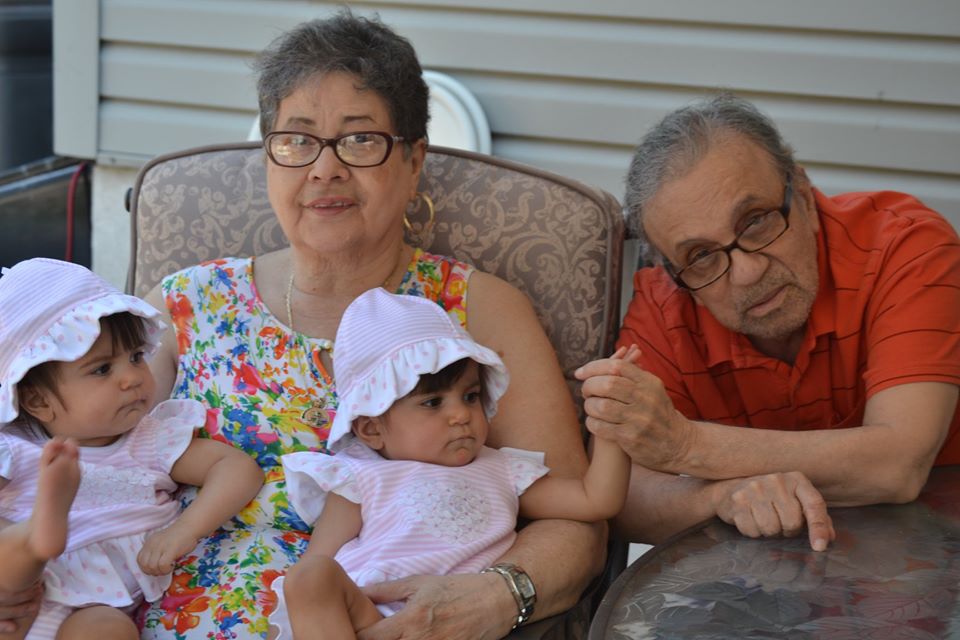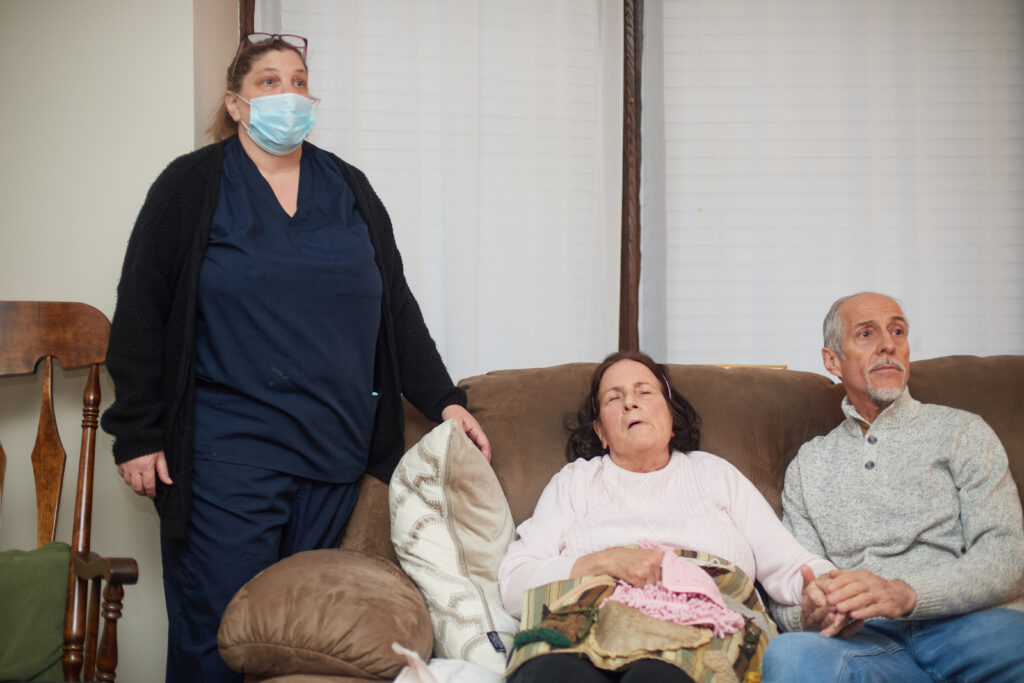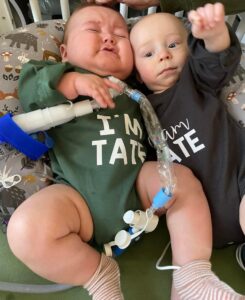It’s no secret that the vast majority of older Americans want to age in place – that is, retire and live out the rest of their lives in their own homes rather than in a nursing home. Valentine’s Day serves as a reminder that it’s not just individuals that want to age in place – it’s couples too. The COVID-19 pandemic saw a major uptick in the number of older American couples that were forced to separate due to the virus, and the question of how to navigate long-term care options has become more emergent as states and the federal government grapple with rising care costs and the ever-expanding swell of older Americans that want to stay at home.
Home care has outpaced nursing home care as the patient-preferred and more cost-effective long-term care option for seniors. But the unfortunate reality is that without a renewed commitment from States to adequately fund home care programs, many more older Americans will be forced to separate due to the lack of state funding for home care and the lack of available in-home caregivers in the workforce.
Being together means better health outcomes
The prospect of being separated from your spouse is a grim one, especially considering the pandemic, which made visits at long-term care facilities nearly impossible. But even without the effects of COVID-19, older Americans face a difficult path towards staying together as both members of a couple get older and each often require different levels of care to stay healthy. Sadly, this can force couples to live separately when they’d much rather face their later years side-by-side. Studies have shown that keeping older couples together is not just a matter of companionship ─ individuals in long-term relationships tend to live longer and have better health outcomes when living alongside their loved one. Home care can make the difference between couples’ ability to celebrate Valentine’s Day in the same home or apart.
By helping senior couples live together for longer, in-home caregivers help families stay safer, healthier, and together at home, while saving states’ Medicaid programs money by keeping these populations out of costlier institutional settings. Below are two examples of older Americans that are able to stay together this Valentine’s Day due to the in-home caregiving services they receive from their home health aides.

Rosa and Ramiro Rodriguez have been married for over 58 years and thanks to their compassionate and reliable home health aides, they have been able to stay safe and independent in their own home in Linden, NJ. Caregivers help them with personal care tasks like bathing, cooking, remembering medications, and taking them to doctors’ appointments and grocery shopping. But existing workforce recruitment and retention issues make it very difficult for Rosa and Ramiro to access the care they need to remain safely at home.
NJ’s personal care assistant (PCA) program helps keep thousands of vulnerable NJ seniors healthy at home and out of costlier settings like ERs and nursing homes. But since these programs are state-funded, home care agencies are struggling to compete for workers with companies like Target, Amazon, McDonalds are offering wages of $15 or more per hour. Inflation, rising prices, and better wage opportunities have made caregivers look elsewhere for higher paying jobs.
The Rodríguezes’ granddaughter Michele sees firsthand how one-on-one care is better for her grandparents, but also recognizes the workforce challenges that have led to many home health aides leaving caregiving for higher-paying jobs. “They’re going to work elsewhere. The state is making it more difficult for us because home care providers can’t keep up with the wages that Amazon or Target can pay,” says Michele. “Home health aides are compassionate and dedicated to their clients. It’s a shame to see so many of them leave to work elsewhere. They deserve to make a living wage. They are an essential piece of the healthcare puzzle, and they deserve to be paid as such.”
Without state legislatures increasing their investments towards these essential care programs, couples like the Rosa and Ramiro may have to be separated and placed into institutions just to receive the care they deserve—and can receive—at home.

Teresa and Joe of Philadelphia, PA have been together for 43 happy years. Around 2010, Teresa—who was a full-time nurse—began to experience symptoms of forgetfulness and was eventually diagnosed with early onset Alzheimer’s disease. Now in her 60s, Teresa is unable to stand or sit independently and is fully uncommunicative. She requires two people to transfer from her bed to her wheelchair and to bathe, toilet, and eat every day. Her husband Joe is her full-time caregiver, and would not be able to take care of Teresa alone without the help of his beloved home health aides.
Despite Teresa’s all-encompassing needs, the Nicolettis are unable to access the home care services that Teresa needs and is authorized to receive. Joe does not get any help on the weekends, and does not see any coverage if one of his regular aides is sick or goes on vacation. “I’m getting older too and caring for Teresa is my entire life,” says Joe. He fears the day that his long-times aides leave home care to pursue higher-paying opportunities in retail or fast food. Already, his beloved aide Eunice has taken a different full-time job where she earns more in wages. She has continued to care for Teresa because she recognizes where the couple would be without home care.
Teresa’s home care services are primarily funded through PA’s Personal Assistance Services (PAS) program. While the costs of providing care and of doing business have grown exponentially in the past several years, PA’s funding of its home care programs has not kept pace. Home health aides now routinely leave the industry for better-paying jobs in other industries. This leaves many Pennsylvanians like Joe and Teresa with major gaps in their care. Without increased support from the state, thousands of PA’s most vulnerable senior couples will be forced to either separate or place themselves in dangerous situations without care at all.







